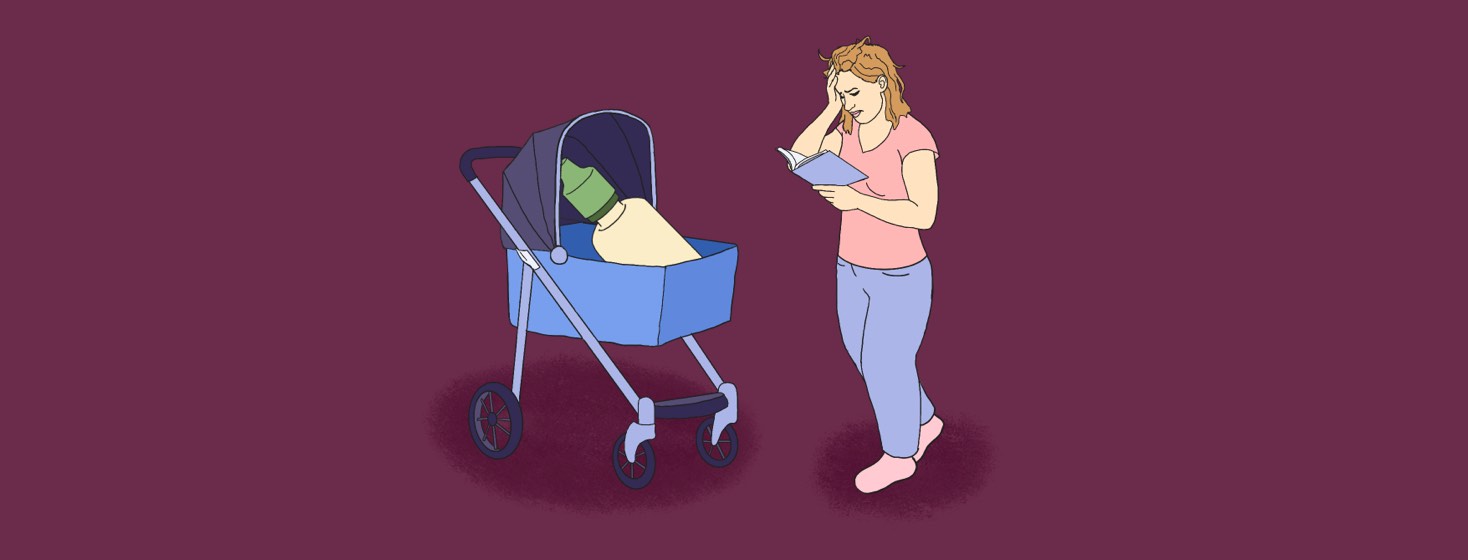Making the Most of Your Eye Drops – How to Take Care of Them
Our eye drops are too expensive to waste. They need to be taken care of. I’ve thrown out more than a few bottles in the past, because I didn’t store them properly, or I forgot how old they were.
These are a few tips I’ve picked up in my travels, sometimes literally.
Storing your eye drops
Some eye drops should be put in the refrigerator, and some can go in the refrigerator if you want to put them there. Some should never go in the refrigerator. It really is a matter of checking with your pharmacist and doctor and reading the label. I was putting some of mine in the fridge, and when I read the label, it said not to refrigerate.
One thing is definitely true: no drops should be stored (or left) in the sun, in a hot place like a car, or in a warm and steamy place such as a bathroom. In fact, no medicine at all should be stored in a bathroom in my opinion.
I have had tablets melt and fuse together when left in a hotel bathroom for a few days when traveling. This necessitated an unexpected and expensive trip to an Italian Farmacia. While I was there, I also tried unsuccessfully to buy some more lubricating eye drops but came away with contact cleaning solution in error. I did, however, decide to rent the room over the Farmacia for a few days, so that was a bonus.
Expiration dates
When I buy my eye drops off the shelf, without a prescription, I always look for the expiry date on the box. This is the date until which the drops will be safe to use when unopened. I usually take mine from the back of the shelf, as the expiry date is often later.
Once they’re opened, however, most drops have another date on the bottle which is the date they should be used by. I’ve just looked at four of my bottles of drops and they say “Discard unused contents four weeks after opening;” “Discard container six months after opening“ (this instruction on Systane Ultra was a surprise); “Discard four weeks after opening” and “Use within six months after opening” (this is a new type of dispenser and the drops are preservative-free). I’m glad I read about the six months after opening on the Systane Ultra, or that little baby was going to be thrown out after four weeks.
It can get confusing
It can get confusing, and expensive. I often have more than one bottle of the lubricating drops in the house or my bag, and they’re known as the new one and the old one until they get mixed up and then it’s anyone’s guess how old they are. I have resolved to write on the bottle the date they are opened, and I’m trying, but those bottles are so tiny!
The little, single-use vials without preservatives are just that: single-use. They shouldn’t be propped up around the house to get another drop out of them! They should be used and discarded, but personally I find them awkward to manage.
For the prescription eye drops I have had over the years, I always check with the doctor, and then once more with the pharmacist, on how long they can be kept once opened.
Safety
It is so important to look at the label on the bottle or tube carefully before you use it. There are many products sold in little bottles or tubes that look like our drops and eye ointments. This is especially important if we have poor eyesight and have our glasses off.
I have bottles of lens cleaner around the house for my reading glasses and computer screens. They look very much like some of my eye drops. A family member of mine used super glue instead of her eye ointment. I don’t know how and when she realized what she had done, or how she got it out of her eye in time (or what it was doing in her nightstand). She was very lucky she didn’t suffer injury.
Using your drops
Your doctor will explain how you should insert the drops, as well as how often you should use them. Some tips, though, apply to all users and all drops. Wash your hands before putting in drops. Don’t let the tips of the bottle touch your fingers or your eyes. Don’t share your drops or use anyone else’s drops, even lubricating drops.
Taking care of your eyes means taking care of your drops!

Join the conversation